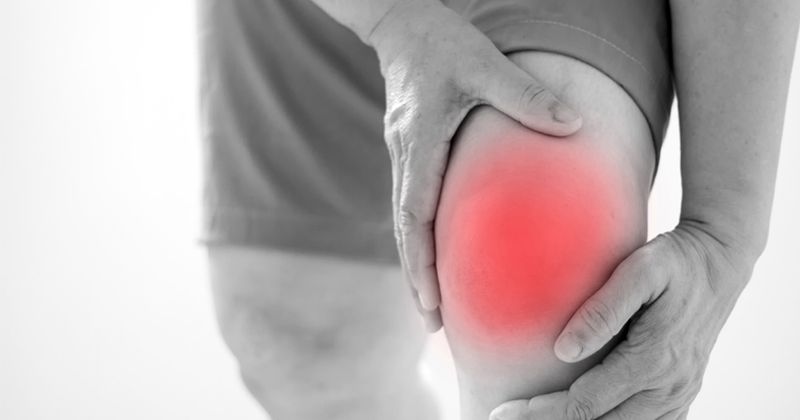Tanezumab comparable to NSAIDs in WOMAC pain, function across OA patient subgroups
Two dosing regimens of tanezumab yielded comparable outcomes in pain and function as NSAIDs across a number of osteoarthritis patient subgroups, according to a speaker at the 2021 OARSI World Congress virtual meeting.
Tanezumab (Pfizer) is a monoclonal antibody against nerve growth factor, according to presenter David J. Hunter, PhD, MSc, Florance and Cope Chair of Rheumatology, and chair of the Institute of Bone and Joint Research at the University of Sydney.

Hunter and colleagues initially investigated tanezumab vs. oral NSAIDs in a cohort of participants with hip or knee OA treated for 16 weeks.
“Recently published data from this study have shown that the [Western Ontario and McMaster Universities] index of pain and function scores improve with both tanezumab and oral NSAIDs,” Hunter said. “It has also shown that after 16 weeks, this improvement is statistically significantly greater with 5 mg tanezumab than with NSAIDs.”

In the current talk, Hunter presented findings for different demographic subgroups based on age, sex, race, ethnicity and BMI. The analysis included 1,002 patients assigned tanezumab 2.5 mg, 998 assigned tanezumab 5 mg and 996 patients treated with oral NSAIDs.
Among other eligibility criteria, participants had radiographically confirmed OA and a history of poorly controlled pain.
Overall results showed that both tanezumab and oral NSAIDs yielded improvements in the primary endpoints of improvement in WOMAC pain and function and patient global assessment (PGA). All treatment regimens also showed benefit in the secondary endpoint of at least 50% improvement from baseline to week 16 in WOMAC pain and function.
Looking closer, Hunter provided information on outcomes in particular subgroups. “Male patients and Asian patients each had a statistically significantly greater improvement in pain with both doses of tanezumab compared with non-steroidals,” he said.
A similar outcome was reported for WOMAC physical functioning. While all patient subgroups in all treatment arms showed improvement from baseline to week 16 in this parameter, statistically significant benefits were reported among men and Asian patients treated with both tanezumab doses.
Turning to PGA scores, again, all patient subgroups benefitted from both tanezumab and NSAIDs. “Tanezumab showed statistically significant improvement vs. non-steroidals only in Asian patients and only at the higher dose,” Hunter said.
Secondary endpoint outcomes showed that only older, white and non-Hispanic patients showed 50% improvement in WOMAC pain with the higher dose of tanezumab compared with other treatment arms at week 16.
Hunter reported that, for the full cohort, between 33% and 63% of patients had at least a 50% improvement in WOMAC physical functioning at week 16. No patient subgroup at either dosing level of tanezumab experienced greater benefit in this outcome than was seen in patients treated with NSAIDs.
“This analysis shows that treatment with both tanezumab and non-steroidals resulted in improvements in WOMAC pain, WOMAC function and patient global scores at week 16, with results being largely similar across all patient subgroups assessed,” Hunter concluded.
He acknowledged that certain subgroups, including the divisions pertaining to race, were too small to draw meaningful conclusions.
“Overall, this analysis demonstrates that tanezumab appears to be of similar efficacy as non-steroidals in patients with osteoarthritis,” Hunter said.

